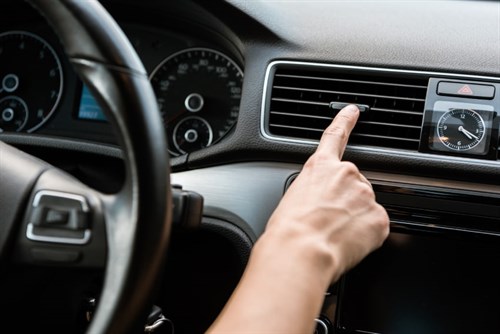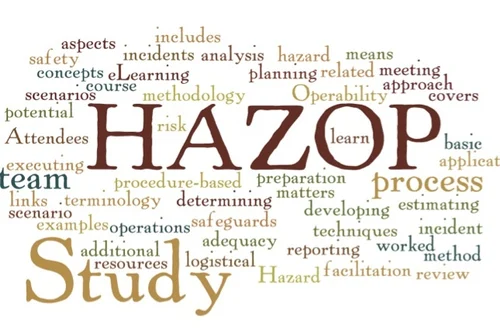How Broken Links Can Affect Your Home Improvement Business?

Did you know that the market for home improvements will grow at a rate of 4.5% per year and reach $1,009.9 billion by 2027? Your home repair website can’t be a hidden gem in this sea of rapid growth. That’s why link-building is important.
However, even the strongest web of links can have weak places. You may encounter weak places or errors like Timeout, Reset, 404 Page Not Found, 400 Bad Request, etc. if you run a website or scroll through it often. These are the error numbers a web server might show for broken links. These links can affect users and website owners in many ways. What does “broken link” mean?
This might be annoying, and you may need professional home improvement SEO Services to resolve this issue.
What Are Broken Links?
Any links that take you to an error page saying the page is missing must be fixed. These links no longer work, usually because the page has been removed or there is a typo in the link.
Internal and external links are the two types of dead links. These types have similar meanings to backlinks. External links take people to another website, while internal links take people to another page on your site.
They both go to the same warning page, though. To be more specific, a broken link example shows messages like “the link you followed might not work anymore, or the page might have been deleted.” This is a 404 error message, which can be disappointing and annoying.
Impact Of Broken Links On Your Home Improvement Website
1. Hurts Website SEO
People will leave your site with broken links, and search engines will punish you. If your website has broken links, people will get frustrated and lose trust in your home improvement business. Also, broken links will hurt your sales. So, it’s important to fix broken links.
2. Bad Experience for Users
It is very easy to lose a possible customer when they see a sign that says, “Sorry, page not found.” Please give us another chance and come back. Most people will look for a different source, like one of your rivals, because this mistake can make people doubt your professionalism. Not being able to give your readers the information they want can affect their experience with your website.
3. Lower Website Authority
When links on your website break, it can hurt its credibility and authority. People and search engines think that a website with broken links is less trustworthy, which can hurt your online image. Broken links can also deter other websites from linking to your content, which means you miss out on chances to build valuable backlinks.
4. Bounce Rate Will Go Up
A high bounce rate means that many people chose to leave the page almost as soon as they arrived at it. This is a problem because search engines use the bounce rate to determine how valuable a site is. If the bounce rate is too high, the content will look like it’s worth little and will be ranked like that.
It needs to be clarified what Google and other search engines consider a bad bounce rate or how much damage a high bounce rate does to a site, but keeping the bounce rate as low as possible is good SEO practice.
Ways To Fix Broken Links
1. Fix Typos
This one is easy. A typo, misspelling, or extra letter can happen in your internal or external links. You can fix the mistake, and the link should still work.
2. Remove broken links
It’s only sometimes possible to fix broken links. Some lead to pages that no longer exist and cannot be restored. The best thing to do is to take down these links.
For instance, if you make a landing page for a webinar you held about your home repair service but then delete it after the event, all the links to it will no longer work. It would be better to eliminate those links than try to fix them.
3. Redirect Your Incoming Backlinks
The immediate solution for other websites connecting to a non-existent URL on your site is to set up a redirect to a different, comparable page. Even if the URL has changed, people can still reach your site’s right place. However, more than 301 changes can slow down your site and make it less user-friendly, so this is only a quick fix.
4. Inserting A 301 Redirect
For SEO reasons, adding a 301 link might be the best solution, but is also the most difficult. You should use a 301 redirect if you’ve changed a page or no longer sell a product or service but have one on a similar page.
For instance, if one of your broken links points to a service you no longer offer, you can use a 301 redirect to send people to another service you offer. Thus, you won’t have to deal with a broken link anymore.
Bottom Lines
It is very important to watch for broken links on your site. They might break your site, make you look bad online, or even make you lose money. You should immediately fix these broken links now that you know how to find and fix them. Always check these links and correct them if you want your home improvement website to work well and your visitors to be happy. It can make a big difference if you act quickly and do this regularly.
Fixing broken links will greatly benefit your site’s SEO. Users will also enjoy the site more, and it will run more smoothly. However, handling and understanding can also take a lot of work. RenoClicks is one of the most reliable services for fixing broken links. Call them now.
FAQs
What is the distinction between lost and broken links?
Lost links are backlinks that used to exist but have since been removed or are no longer active. Broken links on your website point to non-existent or inaccessible pages.
Why are links crucial in business?
They assist you in gaining exposure, raising brand awareness, communicating authority, and driving visitors to your site. All those aspects of your home improvement business are critical to your success, and you need links to get far.
How much do broken links impact SEO?
Broken links can impact search engines’ capacity to index a website properly. Pages that are not adequately connected or are unavailable may not be indexed at all, resulting in missed opportunities for search exposure.







